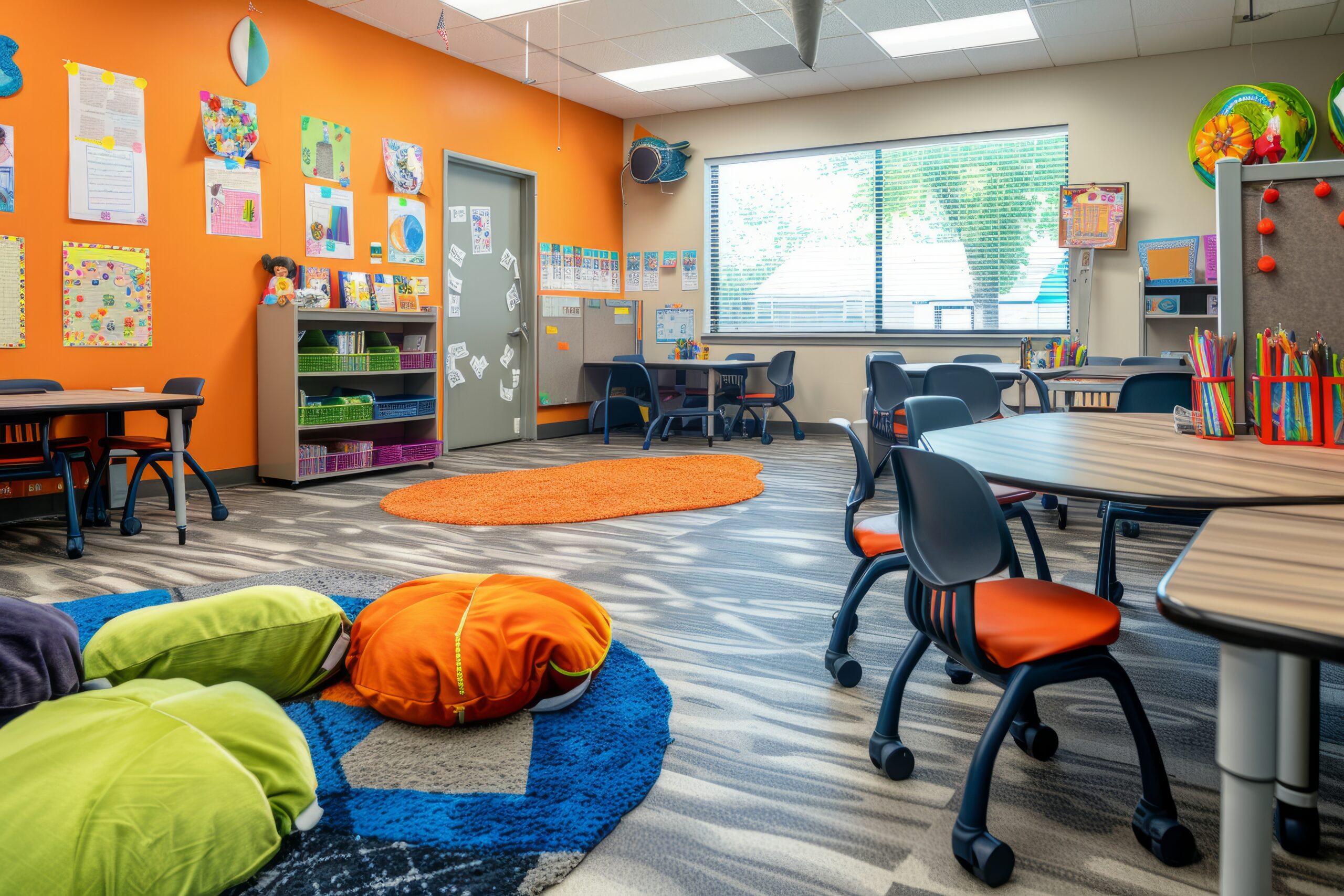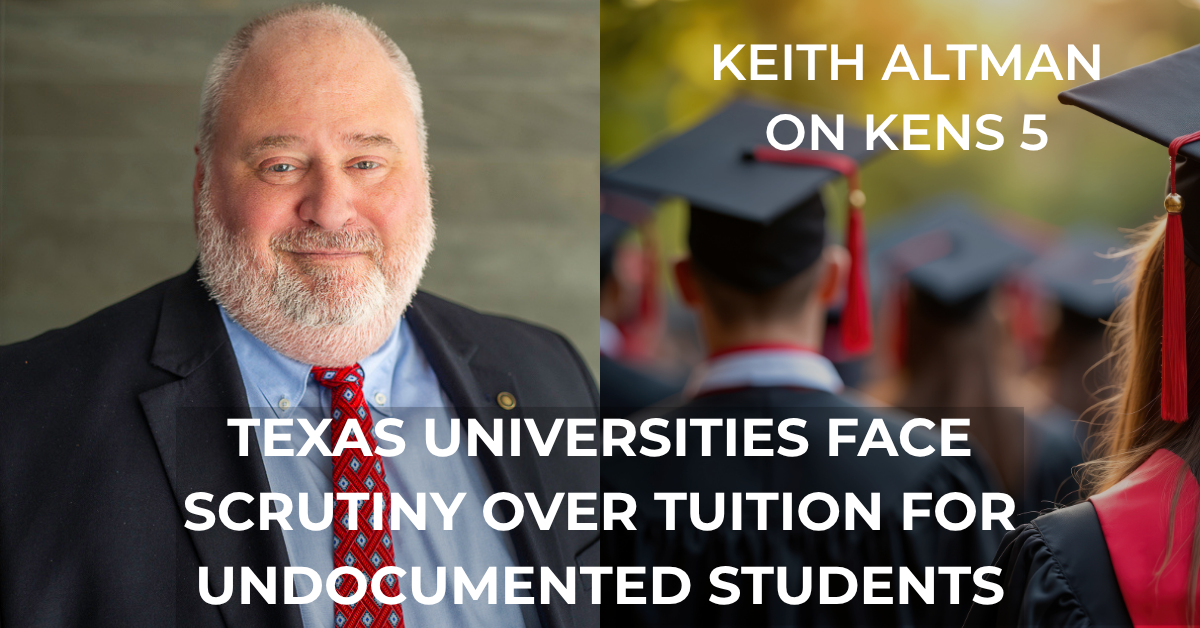Researching and learning about special education can feel overwhelming, especially when trying to determine the best learning environment for a child with disabilities. One of the most critical decisions parents and educators face is classroom placement. Federal law mandates a “continuum of placement” options to meet the diverse needs of students, from inclusion in general education classrooms to highly specialized environments.
Understanding these classroom types is key to making informed decisions that support a student’s long-term success. In this guide, we’ll walk you through the various types of special education classrooms and their distinct characteristics.
Overview of Special Education Classrooms
The Individuals with Disabilities Education Act (IDEA) ensures that students with disabilities have access to a free and appropriate public education. Central to this law is the “continuum of placement” principle, which requires schools to provide a range of placement options, from full inclusion in a general education setting to more specialized environments. This ensures that each student’s unique needs are met in the least restrictive environment (LRE) possible, allowing them to interact with non-disabled peers to the maximum extent appropriate.
For parents, however, navigating these options can be daunting. Each type of classroom comes with its benefits and challenges, and not all parents are immediately aware of how these choices will affect their child’s academic and social development. One key aspect that is often misunderstood is the distinction between diploma-track and non-diploma-track classes. While diploma-track programs follow the general education curriculum and prepare students for graduation, non-diploma-track options often focus on life skills and may not lead to a traditional diploma. This distinction is crucial when considering a child’s future opportunities.
Types of Special Education Classrooms
Following are the types of Special Education classrooms:
- Pull-Out / Push-In Services
- Inclusion (or Integrated) Classroom
- Special Day Class
- Self-Contained Classroom
- Non-Public Schools (NPS)
- Residential Treatment Programs
- Pull-Out / Push-In Services
Pull-Out / Push-In Services
One of the least restrictive types of special education services is the pull-out/push-in model. In this setup, students receive Academic Support or Specialized Academic Instruction (SAI) without being fully removed from the general education environment. The pull-out service involves taking students out of their general classroom for short, focused sessions with a special education teacher. In contrast, push-in services keep the student in their general education classroom, with the special education teacher providing support alongside the general education teacher.
Description and Purpose Implementation
Pull-out or push-in services are typically provided for short sessions that focus on specific academic goals, behavioral interventions, or speech therapy. The frequency and duration of these services vary based on the student’s Individualized Education Program (IEP), ranging from a few times a week to daily support.
Inclusion (or Integrated) Classroom
An inclusion classroom involves a general education setting where both general and special education students learn together. This model usually incorporates a co-teaching approach, where a general education teacher and a special education teacher work collaboratively to provide instruction. The inclusion model aims to provide a diverse learning environment that promotes equality and inclusivity, giving students with disabilities the opportunity to participate in the general curriculum alongside their peers.
Pros and Cons of Inclusion Classroom
Pros |
Cons |
| The inclusion model fosters a sense of belonging, promoting social interaction between students with and without disabilities. It helps students with disabilities develop communication and social skills in a general education setting, reinforcing the idea that everyone learns differently but together | Co-teaching can be challenging. Balancing the needs of students with varying abilities requires strong collaboration and planning between teachers. Additionally, students with significant needs may not always receive the intensive support they require in this setting. |
Special Day Class
A Special Day Class (SDC) offers a more structured environment for students who require a smaller class size and more individualized attention. These classrooms follow the general education curriculum, but they are designed to provide accommodations and modifications to ensure students can access the material.
Benefits of Special Day Class
SDCs are ideal for students who may need a slower pace of learning or more one-on-one instruction. Unlike self-contained classrooms, all students in SDCs are typically on a diploma track, meaning they are working towards meeting the same graduation requirements as their peers, albeit with additional support.
Self-Contained Classroom
A self-contained classroom is a more restrictive environment that provides highly individualized instruction for students with significant needs. These classrooms often focus less on the general education curriculum and more on life skills, especially for students with severe cognitive or developmental disabilities. Self-contained classrooms are smaller, allowing for greater attention to each student’s specific learning goals.
Variations
Some self-contained classrooms integrate students with general education students for specific activities, like art or physical education, while others remain entirely separate. Additionally, many self-contained programs serve students who are not on the diploma track, providing an alternative curriculum that focuses on skills for independent living.
Non-Public Schools (NPS)
For students with severe disabilities or behavioral challenges, Non-Public Schools (NPS) offer a specialized environment that provides low student-to-staff ratios and access to specialized therapies. These schools are often sought after when public schools cannot meet a student’s needs.
Types of NPS
Non-public schools vary in focus, with some specializing in autism, others catering to students with severe disciplinary records, and others offering a therapeutic setting for students with emotional or behavioral challenges. Some NPS programs are diploma-track, while others focus on life-skills programs, allowing families to choose the path that best suits their child’s needs.
Residential Treatment Programs
Residential treatment programs offer a highly structured environment for students with severe mental health or medical needs. These programs provide 24-hour care and integrate educational services with therapeutic interventions, ensuring that students receive the support they need both inside and outside the classroom.
Navigating Special Education Placement
Making decisions about classroom placements can be difficult for parents, particularly when balancing a child’s academic needs with their emotional and social development. Early identification and placement are crucial for ensuring that students receive the support they need to thrive. Parents play a vital role in understanding and questioning placement decisions, advocating for a classroom setting that aligns with their child’s educational and developmental needs.
While special education professionals will guide families through the process, parents must also familiarize themselves with the range of available options. Regularly reviewing and updating the student’s IEP helps ensure that their placement remains appropriate as they grow and their needs evolve.
Training Standards for Paraprofessionals
Effective special education requires well-trained professionals. In states like Virginia, the Training and Technical Assistance Centers (TTAC) provide crucial support for educators, service providers, and families. These centers offer professional development, coaching, and technical assistance to ensure that paraprofessionals and educators are equipped with the knowledge and skills needed to support students with disabilities.
Additional Resources for Autism Support
For families and educators seeking autism-specific support, numerous organizations offer resources and training:
- Virginia Autism Council: Focuses on personnel development and offers resources to improve the quality of services for individuals with autism.
- Autism Society of America: Provides local support through Virginia affiliates, offering resources and advocacy services.
- Autism Speaks: Promotes autism awareness and provides resources for families and educators.
- Commonwealth Autism Services (CAS): Offers information and resources on autism services in Virginia.
- Interactive Autism Network (IAN): Provides an online community for families, researchers, and professionals.
- National Institute of Neurological Disorders and Stroke (NINDS): Focuses on research related to neurological disorders, including autism.
- National Professional Development Center on Autism Spectrum Disorders (NPDC): Promotes evidence-based practices for supporting individuals with autism.
- Ohio Center for Autism and Low Incidence Disabilities (OCALI): Offers free online modules for autism education and support.
These resources are invaluable in helping families and educators navigate the complexities of autism and ensure that students receive the appropriate interventions and support they need.
Conclusion
Understanding the variety of special education classrooms is key to making informed decisions that will support a student’s long-term success. Each option, from pull-out services to residential treatment programs, has its place in the continuum of placement, and each child will have unique needs that must be carefully considered. Whether a student is on a diploma track or a non-diploma track, parents and educators must work together to ensure that the chosen environment promotes the student’s ability to learn, develop, and reach their fullest potential.
At K Altman Law, we specialize in education and disability law, ensuring that you and your child receive the support you deserve. Let us help you secure a bright future for your child by advocating for their right to a quality education. Contact us today for a consultation with our experienced special education advocates.




